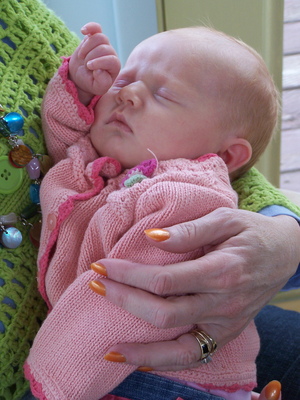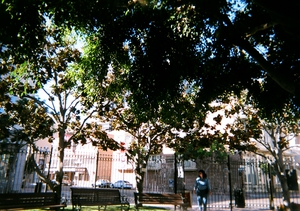Positive family interactions are critical if infants are to form secure attachments to family members and achieve developmental milestones. John Bowlby, renowned for the development of attachment theory, wrote about the negative effects inadequate attachment has on forming lasting, trusting relationships later in life. An infant or young child who can trust family members is more likely to form positive relationships throughout his life.
Child Development and Attachment Assessment
Mary Ainsworth’s developed an assessment called “A Strange Situation” which is a method for observing infants and family members to assess the quality of an infant’s attachment to the family or primary caregivers. During the observation, the family leaves the room, a stranger enters and leaves, and the family returns. The way the infant responds to being separated from the family member, their reaction to the stranger and their response to the return of the family member is rated. One of these attachment labels is given: secure, anxious-resistant insecure, anxious-avoidant insecure or disorganized/disoriented.
What Child Development Looks Like with a Secure Attachment
A secure attachment is the healthiest attachment style. A child who has a secure attachment is going to be able to accept separation from a caregiver and trust they will return. When children with a secure attachment start going to childcare or preschool, they accept the change with enthusiasm, or are quick to adjust to the new situation. Their relationships with other children are generally developmentally appropriate, they exhibit normal developmental fears and their behavior is consistent with their temperament.
What Child Development Looks Like with an Anxious-Resistant Insecure Attachment
An anxious-resistant insecure attachment is seen when the parents or primary caregiver molds the child to engage with them on their terms rather than the child’s. Their needs are met when the adult is ready and not when the child needs attention. When children with anxious-resistant insecure attachment begin to attend a childcare or preschool program, they do not explore their new environment and are scared of the teachers and children. They exhibit excessive anxiety when the family member leaves them, but exhibit avoidance when the family member returns and may become aggressive toward the family member.
What Child Development Looks Like with an Anxious-Avoidant Insecure Attachment
An anxious-avoidant insecure attachment is referred to as disengaged. When a child with an anxious-avoidant insecure attachment begins to attend out of home care, they (like a child with a secure attachment) will separate easily from the parents. This easy separation is not from a healthy attachment because the child has learned not to care because they have learned they can’t trust. In the classroom they do not explore and they show a limited range of emotions. When the parents return to pick up the child, the child will run away or ignore them.
What Child Development Looks Like with a Disorganized/Disoriented Attachment
A child with a disorganized/disoriented attachment has a serious attachment disorder and will cry when the parent leaves them at a childcare or preschool. During the parents absence they may rock to and fro and hit themselves repetitively. When the parent (mother in particularly) returns, they will start towards her and then stop or fall to the floor. In most of these cases, the mother suffered a significant loss around the time of birth and suffered a severe depression.
Related Articles
Early Childhood Facts About Early Care and Education
Newborn Babies Information: The Communication BridgeEffective Parenting for Literacy Development





